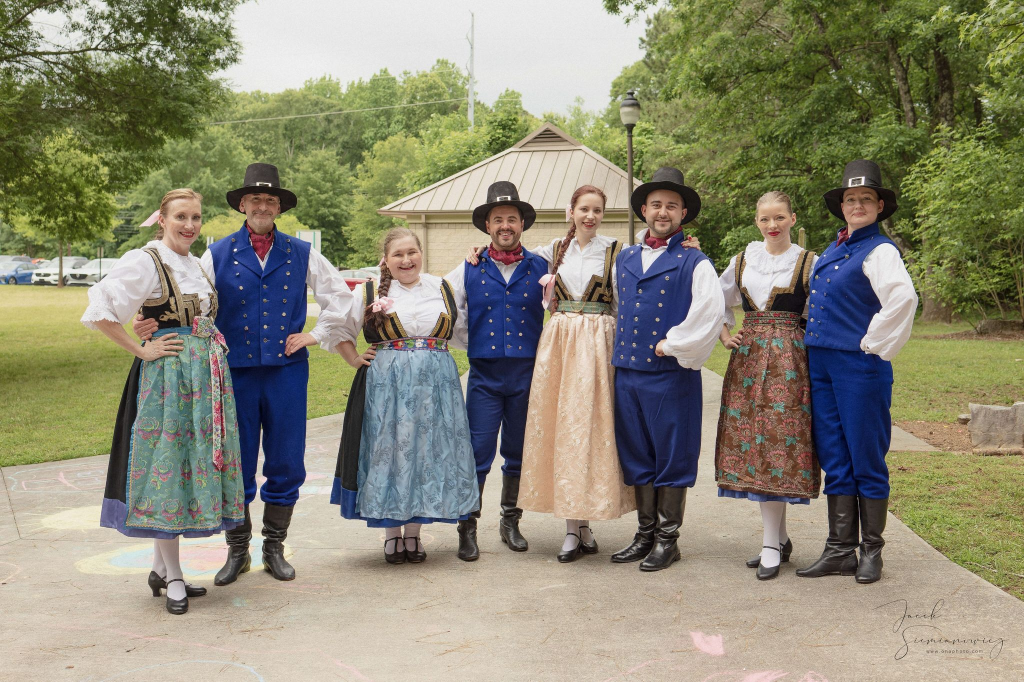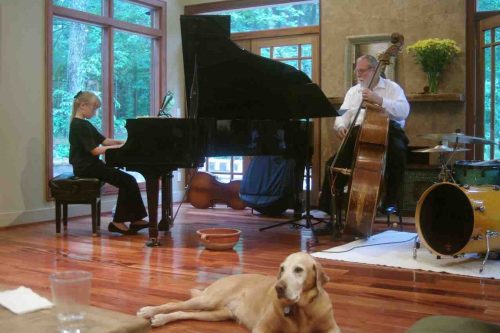
During most of the history of music, the role of music was related to dance. European courts had dances that during Baroque become more of listening than dancing pieces. The reasons for this transition are probably multiple:
- Musicians were compensated by wealthy patrons who did not feel like dancing, especially clergy. Sophistication of music increased and so the size of the orchestra.
- Wealthy people in the cities wanted to distance themselves from customs of common people and ‘folk music’ had bad connotations.
- Dance was considered to be closely related to courting and sexual life and has been deemed improper by both Protestant society and modern secular French.
Jazz music was originally also related to dancing, that went out of fashion in the sixties. History tells us that evolution of Jazz had its roots not only in dancing but to some of restrictions placed by social bans: “According to the Protestant Church, it was considered sinful for slaves to dance and for this reason, the Slave Act was passed to forbid any dancing by slaves or use of African drums for dancing. However, Spanish and French Catholics continued to allow the slaves to dance in order to remain physically fit and as a form of happiness with each other”.
In popular culture, dances were not only traditional, but were often imported from abroad or from different social class. Sarabande and Gigue are good examples. So is Tango.
Today in Atlanta there are multiple dance companies ranging from traditional to contemporary. We are inviting collaboration between live music and dance.
One is Mazury Dance Group featuring music from Poland, that was always influenced by other culture, : German, Turkish, Balkan, Ukrainian and Czech. The founder Maciek also does regular Saturday lesson for kids.

Another dance-related effort is by Candela Flamenco. Ania is accompanied by world class guitarists and occasional singers.

